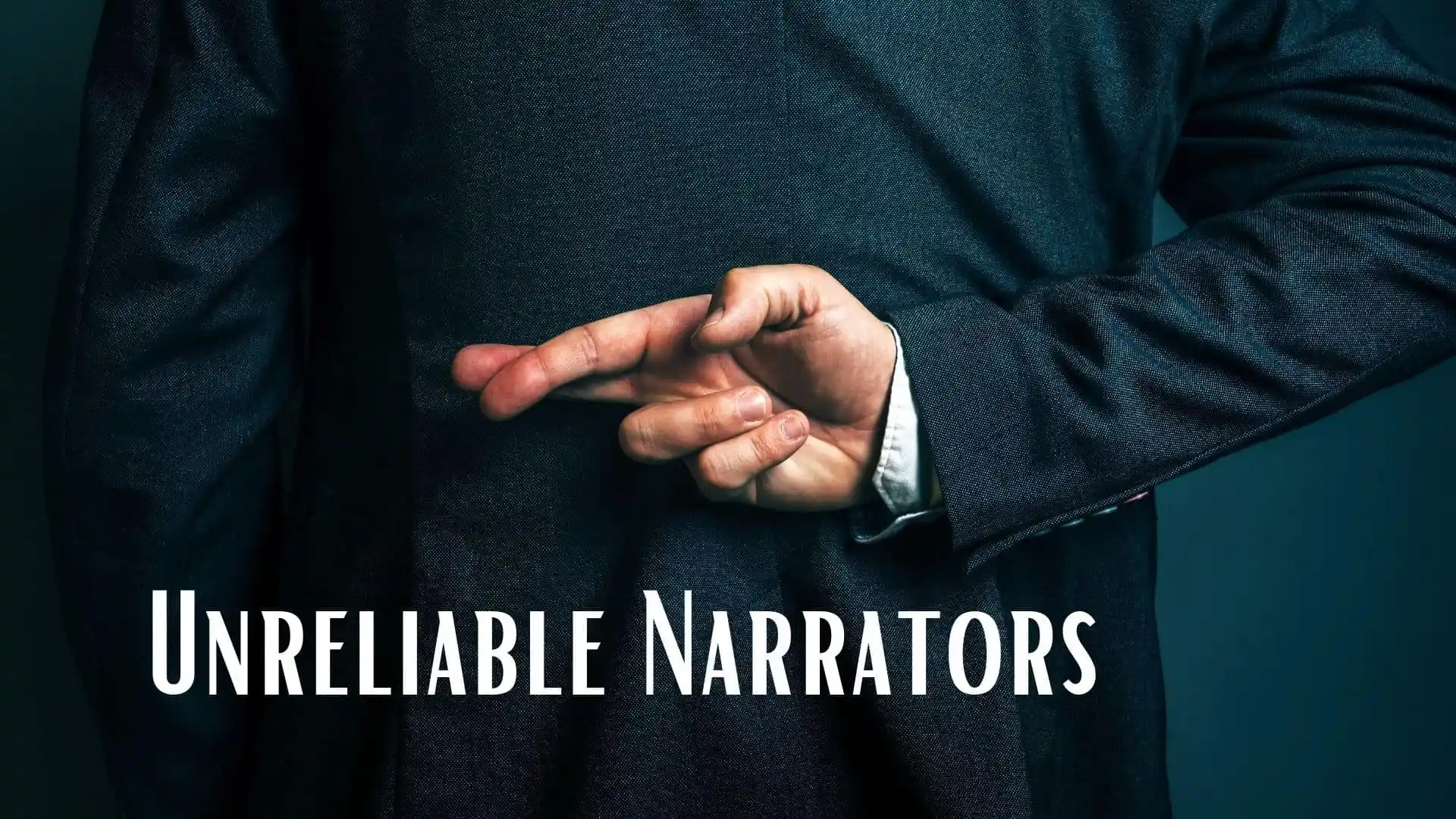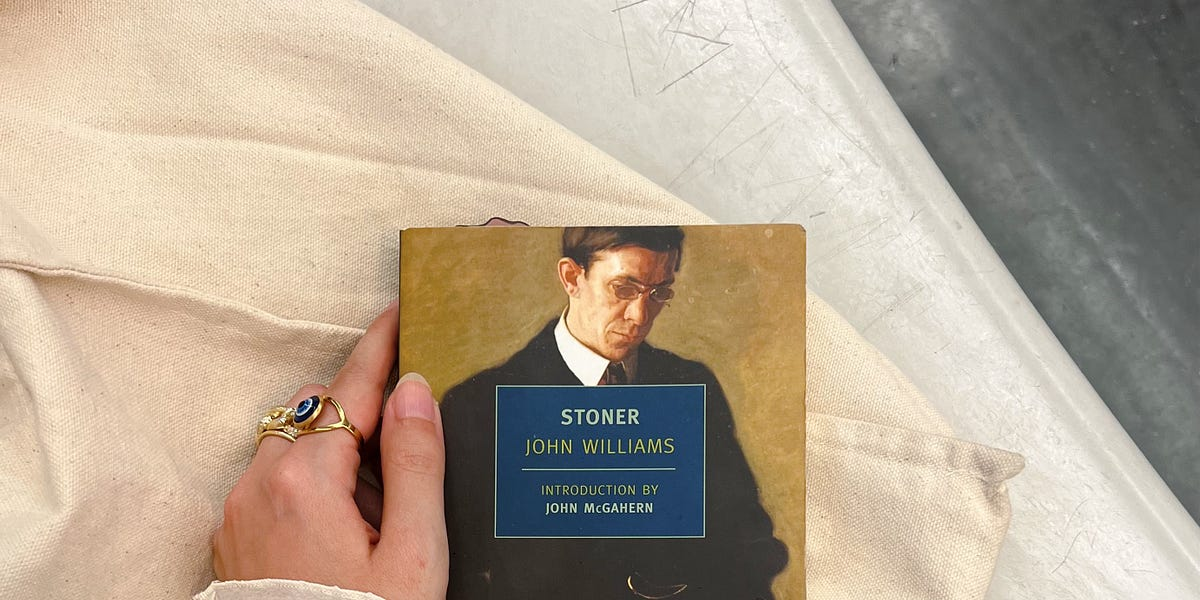One of literature’s most compelling techniques is the use of the unreliable narrator—a storyteller whose credibility is compromised, intentionally or not. This narrative device invites readers to question the truth of the story being told, adding layers of complexity and engagement. By presenting a skewed or deceptive perspective, authors can explore themes of truth, memory, and perception, challenging readers to discern reality from fiction. This technique transforms passive reading into an active investigation, as the audience must piece together the actual events from a biased or distorted account.
Classic examples include Holden Caulfield in J.D. Salinger’s The Catcher in the Rye, whose adolescent angst and selective storytelling leave readers questioning his reliability. In Gillian Flynn’s Gone Girl, the alternating narratives of Nick and Amy Dunne present conflicting versions of their marriage, compelling readers to constantly reassess their judgments. Similarly, Chuck Palahniuk’s Fight Club features a narrator whose identity crisis blurs the lines between reality and delusion, keeping readers in suspense until the novel’s climax.
Employing an unreliable narrator allows writers to delve into the complexities of human psychology and the subjectivity of experience. This technique not only enriches character development but also engages readers in a deeper exploration of the narrative. By challenging the notion of an objective truth, the unreliable narrator mirrors the ambiguities of real life, making stories more relatable and thought-provoking. For authors seeking to add depth and intrigue to their work, mastering this narrative device can be a powerful tool in their storytelling arsenal.





